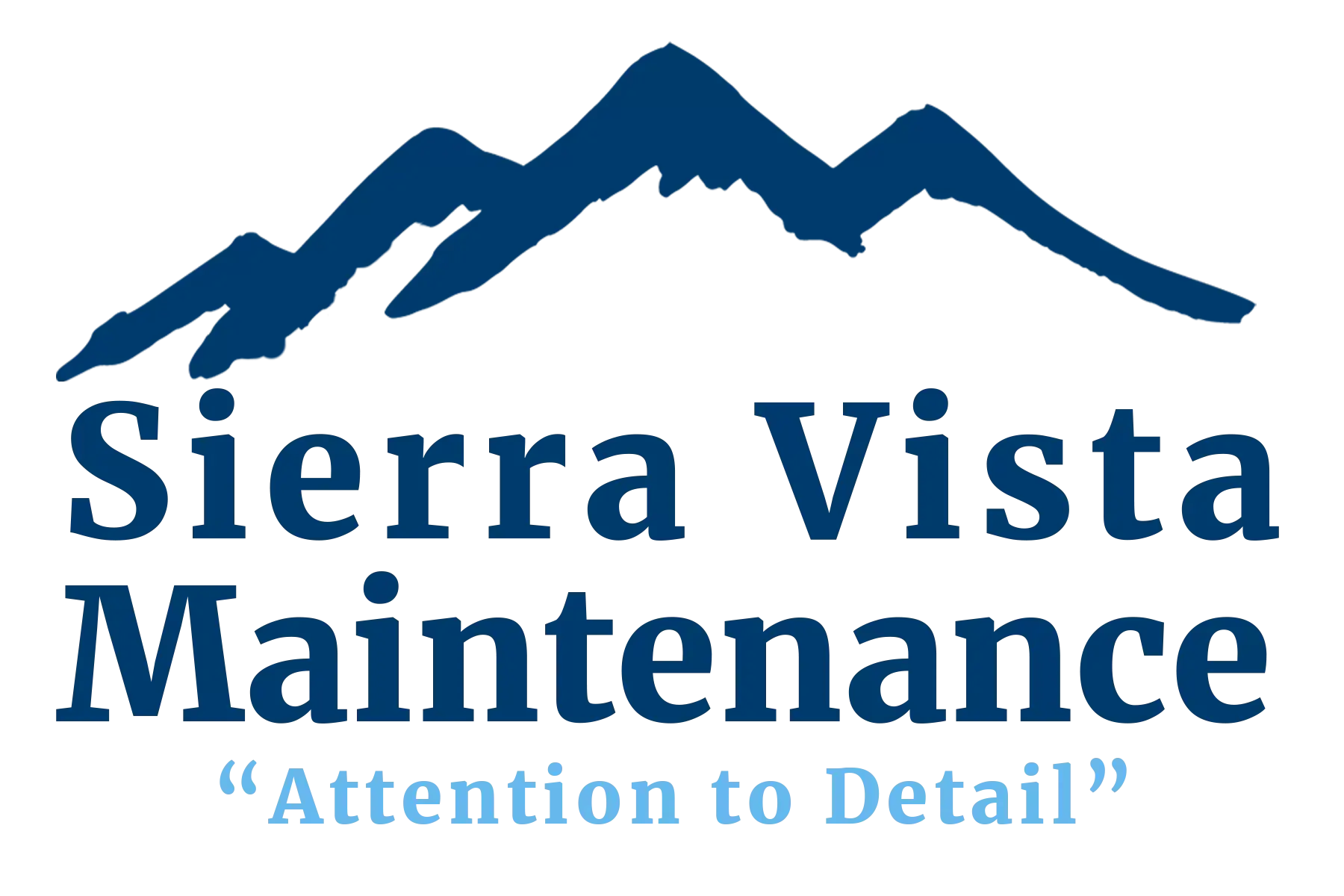Table of Contents
One of the first places to look for examples of shifting extreme weather patterns is the grand valley that is Central California. Water damage to property is at an all-time high in the greater Sacramento area, after two remarkably wet California winters.
Currently, California statewide is less than 1% in drought — something experts have not seen in decades.
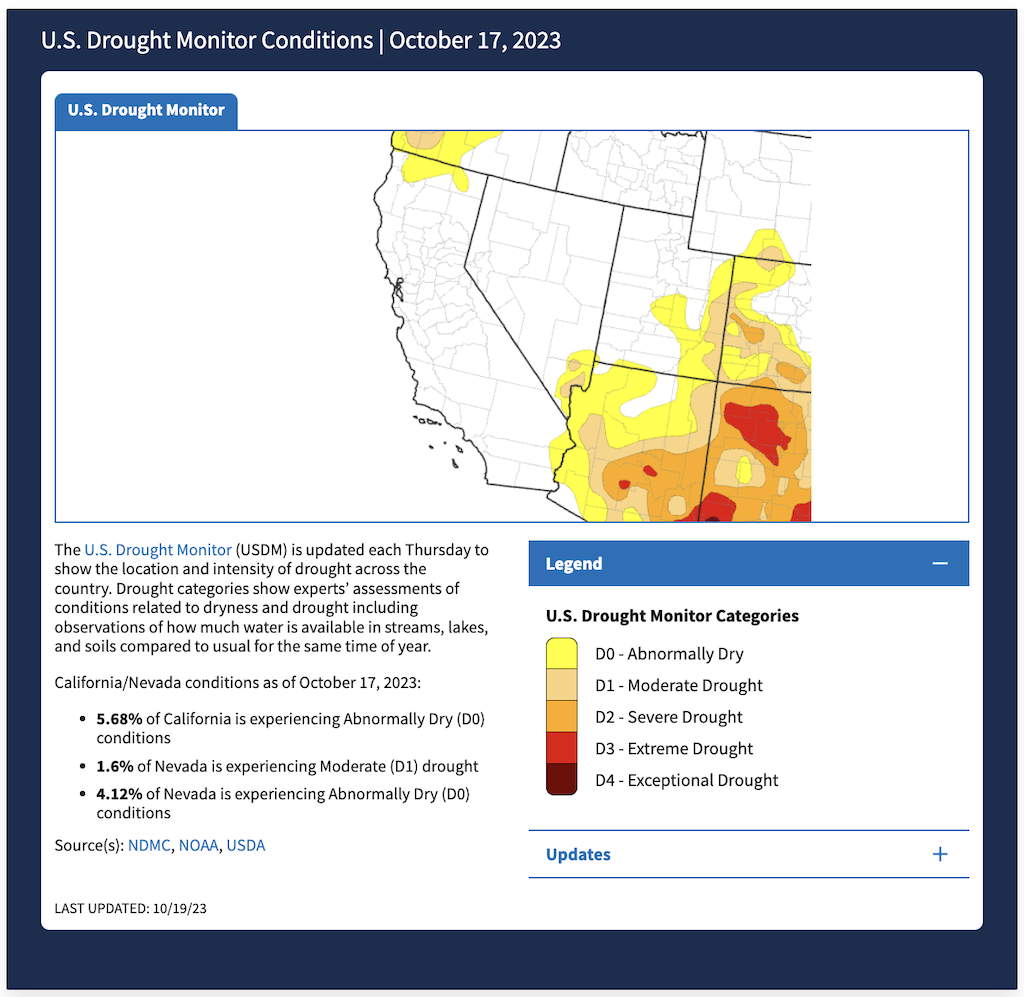
Let’s take a look at what these extra-wet conditions during California cold months mean for home and property owners.
The Major Threat of California Wet Winter, Weather, and Water Damage
Recently, Central California has been experiencing some extreme weather events. From droughts to atmospheric rivers, this region has been facing a range of challenges. These occurrences have brought to light the vulnerability of the area to water damage. As a result, it is crucial for us to take proactive measures to safeguard property and infrastructure.
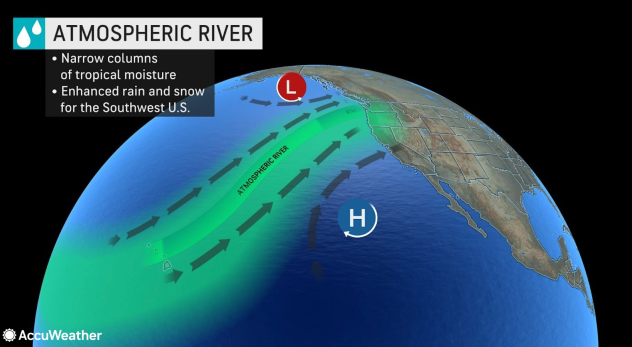
Sacramento’s Wet Weather History from 2021 to Present
Recent Weather Patterns in Central California
Central California wet winter weather has been more extreme than before. Californians are experiencing very hot temperatures in the summer and heavy rain, snow, and flooding in the winter.
“Enough rain fell in the zone from San Francisco to Sacramento and many other locations in Northern and Central California to trigger urban, small stream and river flooding. On Saturday afternoon, major flooding on U.S. Highway 101 in south San Fransisco forced a closure of the highway’s southbound and northbound lanes, with local officials telling travelers to avoid the area.”
AccuWeather Report on December 29, 2022
Transition from Drought to Precipitation
Following the dry season of 2020-2021, Central California experienced much-needed rain during the fall and winter of 2021-2022. The region received more rainfall than usual, surpassing the historical average and putting an end to the drought. This change was caused by a shift from La Niña to a neutral El Niño-Southern Oscillation (ENSO) state.
These rains and heavy snows continued during the 2022-2023 winter. Some experts suggest that this may be the new normal for Central California residents for the foreseeable future.
Impact of Powerful Atmospheric Rivers
The season in December 2021 had strong atmospheric rivers that brought heavy rain and flooding to California, pushing these effects all the through the early part of 2023. These storms caused landslides, power outages, and property damage, showing that the region is vulnerable to extreme weather events.
Increasing Frequency and Intensity of Extreme Weather Events
In recent years, there have been more frequent and stronger extreme weather events, like droughts and atmospheric rivers. This trend is expected to continue in the future, which will make managing water resources and building resilient infrastructure more challenging.
Strain on Aging Infrastructure
The intense precipitation put a strain on aging infrastructure, leading to road closures, sewage overflows, and additional repair costs. These events highlighted the need for investment in infrastructure improvements to better handle future extreme weather events.
Health Risks and Mitigation Strategies
The wet conditions also led to more mold and mosquitoes, which can be harmful to health. This meant that extra pest control measures were needed. It also highlighted the importance of taking action to deal with the long-term effects of heavy rainfall.
Uncertainty and Challenges of Climate Change
While the relief from the drought is welcomed by many, residents are also increasingly concerned about the frequency and intensity of extreme weather events. The contrast between the extreme dry spell and the subsequent flooding highlights the uncertainty and challenges associated with climate change.
Sacramento Area Damage to Property Resulting from Heavy Rains, Snow, and Flooding
Outside the Sacramento area in the Sierra Nevada regions, 2021-2023 wet seasons led to snow blocked interstates, even collapsing some roofs and power lines. That snow melted and combined with the heavy rains in the greater Sacramento area, which impacted thousands of square footage across Roseville, Rocklin, Sacramento, Elk Grove, and many other parts of Centra California.
“Last weekend’s storms have already tested the flood-prevention infrastructure across the region, which sits at the confluence of two major rivers and bears the brunt of heavy rains. ‘It’s a bathtub, basically,’ said Beth Salyers, deputy district engineer for the federal Army Corps of Engineers in Sacramento.”
– Reported by Cal Matters on January 4, 2023
Experts estimated that property damage in Central California ranged anywhere from $5-$30 billion last year alone. This included public infrastructural damage, as well as residential and commercial property damage. Many homes across Sacramento are still in disrepair almost a year after wet weather destroyed roofs, flashing, siding, fences, and more.
Mudslides and Shifting Terrain
Shifting terrain, mud, and even landslides are becoming an increasing concern across Central California, particularly during periods of heavy rainfall, particularly in area bordering the American River Canyon and Sierra Nevada foothills. Various factors contribute to the occurrence of these hazards, including development and land use practices and natural drainage patterns.
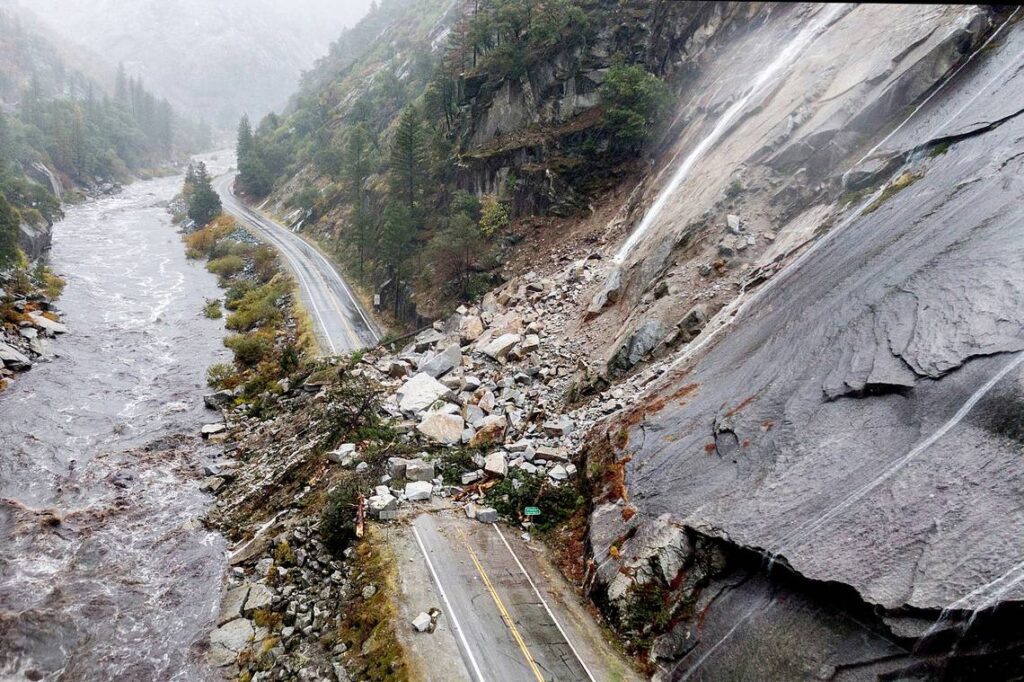
Image Source: The Sacramento Bee
Development and Land Use
Construction activities can disrupt natural drainage patterns and destabilize slopes, thereby increasing the risk of landslides. It is important to consider the potential consequences of altering the landscape when planning and implementing development projects.
Long-term climate trends, such as rising temperatures and changes in precipitation patterns, are projected to worsen the risk of mud and landslides in the region. These changes can further destabilize slopes and increase the likelihood of landslides occurring.
Impact of Mud and Landslides
Shifting terrain can have significant consequences for the Sacramento area. Property damage is a major concern, with homes, businesses, and infrastructure often sustaining substantial harm. Repair costs can amount to millions of dollars.
In addition to property damage, mud and landslides pose safety hazards. They can block roads, disrupt transportation, and even endanger lives if they reach residential areas.
The economic impact of mud and landslides should not be overlooked. Disruptions to transportation and infrastructure can have a negative effect on local businesses and economic activity.
Furthermore, mud and landslides can cause environmental damage. They contribute to erosion, sedimentation in waterways, and harm natural habitats.
Is Central California’s Weather Patterns Becoming More Extreme?
Most definitely. Central California’s climate is undergoing significant changes recently that are impacting the region’s environment, resources, and communities. The precipitation patterns have become erratic, with longer dry periods followed by intense storms.
This decline in the Sierra Nevada snowpack, a vital water source, is affecting agriculture, water resources, and ecosystems. Extreme weather events, including atmospheric rivers, droughts, and wildfires, have become more frequent and intense. These events lead to flooding, infrastructure failures, stress on water resources, and habitat loss.
It’s unclear how long these extreme weather conditions are likely to last. Experts are also unsure about how California wet winters and unusually hot summers will impact residents for the long-term.
The Power of Preventative Maintenance – 4 Tips to Save Your Home or Building During California Wet Winters
With the exception of full-on flooding, most of the property damage that Californians endured in 2022 and 2023 was easily preventable. Here are 4 tips to keep water damage to your property to a minimum.
Removing Dirt, Debris, and Organic Growth from Building Exterior
There are countless ways that a dirty exterior to your home or building increases the risk of water damage during California winter storms. These include:
- Trapped Moisture: Moss, algae, dirt, etc. hold moisture against your outside walls, roof, foundation, and crawl space. From there, mold and flooding are inches away from deteriorating the entire structure.
- Concealed Cracks & Gaps: When you see cracks and gaps, it’s easy to fill them to keep out moisture. But when those are hidden, wet weather will pound moisture into the building itself, increasing the risk of water damage.
- Pooling Water with No Drainage: Dirt and debris can accumulate around the base of the building, which can then block drainage channels and prevent water from flowing away from the foundation. When this happens, water starts to pool around the foundation, causing an increase in hydrostatic pressure. This increased pressure can lead to leaks into the basement or crawlspace.
Sierra Vista Maintenance deals with these kind of exterior building issues regularly. We’ve been extra busy since these winter storms began. And by being proactive with your exterior walls’ cleanliness, it will keep your costs low and our job easier.
Gutter and Downspout Protection and Cleaning
Dirt, leaves, and other debris have the tendency to accumulate in gutters and downspouts over time. Unfortunately, this build-up can obstruct the proper drainage of rainwater.
As a result, the gutters can overflow, causing water to splash against the siding and foundation of the building. This continuous exposure to water can lead to significant damage. Additionally, the overflow can also cause water to pool around the foundation, increasing the likelihood of leaks and cracks forming. Therefore, it is crucial to regularly clean and maintain gutters to prevent these issues.
Once again, taking a few dollars to get professional gutter cleaning before the storms prevents thousands of dollars worth of damage that can occur with clogged gutters and downspouts.
Roof Inspection
Organic growth, such as moss and algae, has the ability to retain moisture on the roof, which can be detrimental to the longevity of the roofing materials.
Over time, this moisture can lead to the development of small cracks and gaps in the roof, creating an entry point for water to seep into the building envelope.
Additionally, the accumulation of dirt and debris on the roof can clog vents and drainage systems, exacerbating the risk of water damage. It is crucial to address and prevent these issues to maintain the structural integrity of the building.
Getting your roof checked and cleaned is easy and affordable if you do it before disaster strikes.
Mold Inspection and Prevention
To prevent mold growth, it is crucial to address and control moisture sources. This can be achieved through various measures:
Fixing Leaks and Improving Ventilation
Fixing leaks and improving ventilation are essential steps in preventing moisture buildup. By addressing any leaks promptly and ensuring proper airflow, you can minimize the risk of mold growth.
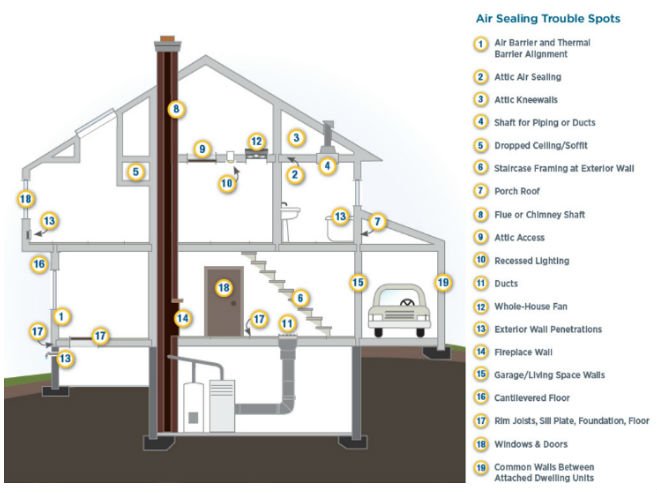
Using Dehumidifiers
Using dehumidifiers can help reduce excess moisture in the air, especially in areas with high humidity levels. This can be particularly effective in basements or other damp areas.
Regular Cleaning and Maintenance
Regular cleaning and maintenance of gutters, downspouts, and drainage systems is important to prevent water accumulation. By keeping these areas clean and free from debris, you can minimize the risk of water damage and mold growth.
Cleaning Mold-Prone Areas
Cleaning mold-prone areas, such as bathrooms and kitchens, is crucial in preventing mold growth. Regularly cleaning these areas with appropriate cleaning agents can help keep them mold-free.
Windows and window tracks are also favorite places for mold to grow and spread into other parts of the home. That’s why window cleanings are essential.
Repairing Cracks and Gaps
Repairing cracks and gaps in the building envelope is essential to reduce the risk of water damage and intrusion. By sealing these openings, you can prevent moisture from entering the building and causing mold growth.
Proper Air Circulation
Proper air circulation is vital in removing excess moisture from indoor spaces. Ensuring good airflow throughout the building can help prevent the buildup of moisture and reduce the risk of mold growth.
Educating Property Owners and Occupants
If you manage residential and commercial properties, then educating tenants and renters about mold prevention is key to encouraging proactive measures. By raising awareness about the importance of moisture control and mold prevention, you can help minimize water damage, protect occupants’ health, reduce insurance costs, and increase property value.
Investing in Professional Mold Inspection and Prevention Services
Investing in professional mold inspection and prevention services can provide long-term benefits, not the least of which is preventing water damage to your California home or commercial property. These services can help identify any existing mold issues and provide recommendations for effective mold prevention strategies.
By implementing these strategies, you can effectively address and control moisture sources, minimize the risk of mold growth, and ensure a healthier and safer environment for occupants.
What to Do Before Extreme Wet Weather Hits
Making visual inspection for cracks, mold, and general disrepair across your property is an excellent first step. If your home is old or you have elaborate landscaping, it’s critical that you solicit the help of a building expert.
What you’re looking for are any parts of your home or building that could gather water and let water into the walls, crawl spaces, or attics.
Checking your roof and roof flashing are also critical to water damage prevention prior to storms.
What to Do During Extreme Weather Weather
As best as possible, try to monitor the condition of your home from the inside. As rain pours and gathers outside, look for water dripping from ceiling, windows, and corners. You can also check for water gathering outside your front door, inside rooms, the garage, or patios.
If you see water gathering, utilize fans and towels to collect the water before it has a chance to damage your walls and floors. You can also contact professionals to help you respond to any major emergencies.
What to Do After Storms Subside
Similar to what you did before the storm, make a visual inspection of every part of your building and property. Make sure to visit less-visited parts of your property to check for water and moisture.
This is also a great time to get exterior experts out to investigate possible water damage. Even if catching it late, the sooner you respond, the easier it will be to clean or repair.
Additional Considerations: Old Versus New Sacramento Homes
When upgrading your home’s weather protection, it’s important to consider the age. In older homes, the plumbing system may be outdated or corroded, increasing the risk of leaks. Regular inspections and upgrades may be necessary. Poor ventilation in older homes can lead to condensation and mold growth, so it’s crucial to ensure proper ventilation in areas like bathrooms, kitchens, and basements.
Even in newer homes, construction flaws can lead to unforeseen leaks or water damage. Regular inspections for water intrusion around windows, doors, roofs, and foundations are essential. Familiarize yourself with your warranty coverage and promptly report any concerns to the builder, as most new homes have warranties that cover water damage caused by construction defects.
New homes often utilize materials that are more resistant to water damage, such as metal roofs and vinyl siding. However, regular maintenance and inspection are still necessary. Energy-efficient features like sealed windows and doors can trap moisture inside, so proper ventilation and the use of exhaust fans in bathrooms and kitchens are important.
For both old and new homes, it’s crucial to regularly clean and maintain gutters and downspouts to ensure proper drainage and prevent overflows. Checking for proper grading and drainage around the foundation can prevent water from pooling. Considering flood insurance is also important, especially if you live in a part of town that is prone to flooding.
In Conclusion
We at Sierra Vista Maintenance hope you were able to find this guide helpful. As Central California climate shifts, it’s important that we all pay careful attention to safety and preventative maintenance measures that keep water damage at bay.
As always, reach out to our office today if you have further questions.
